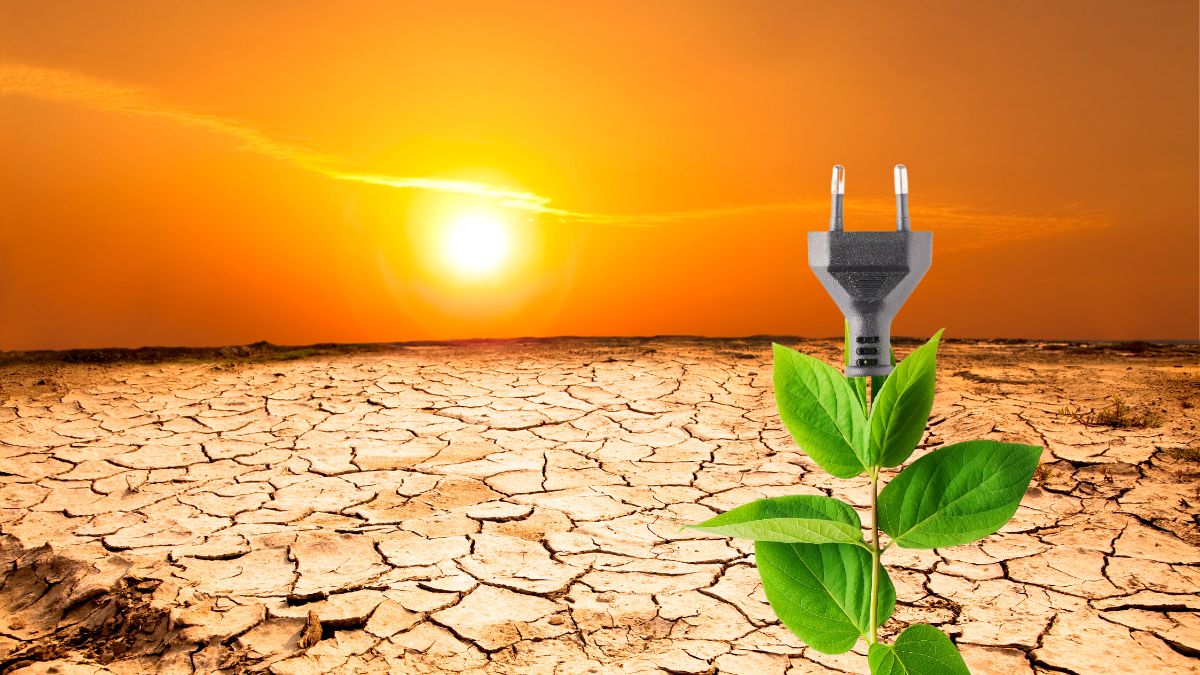International. According to data shared by Kim Fausing, President and CEO of Danfoss, excess heat contains energy that is being wasted, which could meet energy demand for consumers and speed up the green transition.
Danfoss explained that, according to new data, the excess heat, only in the European Union, amounts to 2860 TWh/year, which corresponds to almost the total energy demand of that area for heating and hot water in residential buildings and in the utility sector of services.
Specifically, Kim Fausing, released the whitepaper detailing that energy wasted in excess heat could boost the economy's productivity, lower energy prices for consumers, and speed up the green transition.
The expert expressed that "it is notable that the EU has almost no initiatives that promote a more efficient use of the large amounts of energy wasted in the form of excess heat."
According to a brand publication, in the EU alone, excess heat amounts to 2,860 TWh/year, which corresponds to almost the total EU energy demand for heating and hot water in residential buildings and the service sector. such as schools, hospitals, hotels, restaurants, offices and shopping malls.
“A full implementation of technologies that take advantage of synergies between different sectors and enable utilization of excess heat has the potential to save €67.4 billion per year once fully implemented in 2050.”
Understanding excess heat as a source of energy
“Every time an engine runs, it generates heat. Anyone who has felt the heat behind their fridge can confirm this. The same is true on a larger scale in supermarkets, data centers, factories, sewage facilities, subway stations, and commercial buildings.”
So, according to Danfoss, the excess heat can be reused to supply heat and hot water to a factory or reused in neighboring homes and industries through a municipal power system. In that sense, the use of this energy, which would otherwise be wasted, can boost the productivity of the economy and reduce energy prices for consumers.
Using excess heat can replace significant amounts of fossil fuels that would otherwise be required to produce heat. Used in this way, excess heat can help stabilize the future power grid and thus ease the transition to a green power system.
In some countries, excess heat can even equal total heat demand. In the Netherlands, the excess heat amounts to 156 TWh/year, while the heat demand is only 152 TWh/year. However, the potential for excess heat is not even close to being used and is politically ignored.
According to Kim Fausing, recycling heat is not only an overlooked measure in the current energy crisis, but also the next frontier of the ecological transition:
For the brand, “excess heat is the world's largest untapped source of energy. Even so, very few initiatives have driven more efficient use of the large amounts of energy wasted in the form of excess heat, although we already have the solutions available today. We urgently need policy measures to accelerate the use of excess heat in all sectors, both so that citizens and businesses can benefit from lower energy costs, and to ensure that we accelerate progress on the green transition."
In this regard, Kim Fausing stated that “the demand for energy will grow dramatically in the coming years due to population growth and rising incomes. Without urgent action to address the demand side of the green equation, using every unit of energy more efficiently, we will not be on track to meet global climate goals."
Reusing excess heat is pure energy efficiency
The whitepaper, titled "The World's Largest Untapped Energy Source: Excess Heat," assesses the potential of excess heat as an efficient energy source. According to the International Energy Agency (IEA), a global push for more efficient use of energy can reduce CO2 emissions by an additional 5 gigatonnes per year by 2030 compared to current policies. One-third of the required reduction in energy-related CO2 emissions this decade under the IEA's net-zero scenario must come from improvements in energy efficiency.
In terms of energy security, these savings can help avoid almost 30 million barrels of oil per day and 650 billion cubic meters (bcm) of natural gas per year (around four times what the EU imported from Russia in 2021). ).
“The potential to reuse excess heat is amazing. But we need to change our perspective on it and start looking at excess heat as an energy resource rather than a waste to be disposed of,” added Kim Fausing.
Finally, the brand was insistent that "today there are a series of barriers that prevent us from reusing excess heat, including the lack of information and regulation. We need to introduce economic incentives, policy measures and prioritize partnerships between local authorities, energy providers and energy sources to help maximize the full potential of excess heat."














